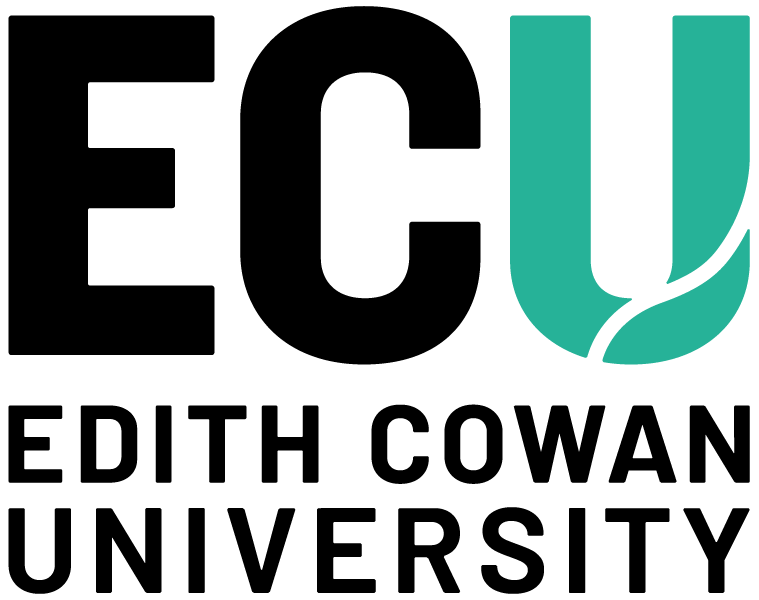In a first-ever trial, researchers from Edith Cowan University (ECU) have provided abdominal aortic calcification (AAC) imaging results to attempt to elicit behavioral changes to improve diet, physical activity, and other cardiovascular disease risk factors in older men and women.
AAC is a measure of advanced vascular disease, and people with calcification in their aorta have higher risk of heart attacks and strokes, said ECU post-doctoral research fellow Dr Simone Radavelli-Bagatini.
Using widely available bone density machines, and without the need for invasive testing, the researchers identified abdominal aortic calcification in about 60% of men and women, aged 60-80 years. In a randomised clinical trial, participants were provided with either their abdominal aortic calcification imaging results, along with educational resources (intervention group) or education alone (control group).
"Our educational resources included a booklet and a video with information on cardiovascular disease and recommendations to increase fruit and vegetable consumption, improve diet, and increase physical activity.
"We wanted to know if an individual’s awareness of their level of abdominal aortic calcification and the visualisation of their calcification in the abdominal aorta would empower people to increase fruit and vegetable intake and undertake other cardiovascular risk reducing strategies," said Dr Radavelli-Bagatini.
Traditionally, presence of calcification in the coronary arteries around the heart is assessed using imaging technology with higher costs and high radiation levels. In this study, calcification was assessed in the abdominal aorta using bone density testing – which has low radiation and low cost compared to traditional methods. With over 600,000 people undergoing bone density tests every year for screening of osteoporosis, assessing abdominal aortic calcification at the same time could be game changing.
"Our study is the first to examine if providing individuals with their abdominal aortic calcification imaging results improved cardiovascular risk factor control."
Dr Radavelli-Bagatini noted that the participants allocated to both the intervention and the control groups increased their fruit and vegetable consumption over 12 weeks, with both groups experiencing similar improvements.
"There were no differences in consumption of fruit and vegetable, diet quality or physical activity between the intervention and the control groups after 12 weeks.
"However, the provision of abdominal aortic calcification in the intervention group did improve some cardiovascular disease risk factors, including total cholesterol, and low-density lipoprotein cholesterol (the bad cholesterol), compared to controls.
"Despite continuing public health messaging and health promotion campaigns, most people fail to meet recommended healthy eating targets, particularly those for fruit and vegetable consumption," said Dr Radavelli-Bagatini.
Senior author Dr Josh Lewis, a Heart Foundation Future Leader Fellow, noted that whilst the results are promising the next steps are to investigate whether providing abdominal aortic calcification results to people together with evidence-based diet and lifestyle support will lead to longer term improvements to diet, cardiovascular disease risk factor control, and ultimately prevent heart attacks and strokes.
The Heart Foundation's Chief Medical Advisor, Mr Garry Jennings said it was important to encourage people to improve their behaviour to make positive changes to their diet, physical activity and other cardiovascular disease risk factors to help prevent heart disease.
"Most cardiovascular risk factors are preventable through a healthy lifestyle, which includes a healthy diet, regular exercise and being a healthy weight.
"Since 1959, the Heart Foundation has invested in research to learn about the cause, diagnosis, treatment and prevention of heart disease. We're proud to support this latest research from ECU as part of our goal to help eradicate heart disease, which remains the single biggest killer of Australians," Mr Jennings said.
The research was published in Nature Communications.

 It is important to encourage people to improve their behaviour to make positive changes to their diet, physical activity and other cardiovascular disease risk factors to help prevent heart disease.
It is important to encourage people to improve their behaviour to make positive changes to their diet, physical activity and other cardiovascular disease risk factors to help prevent heart disease.




